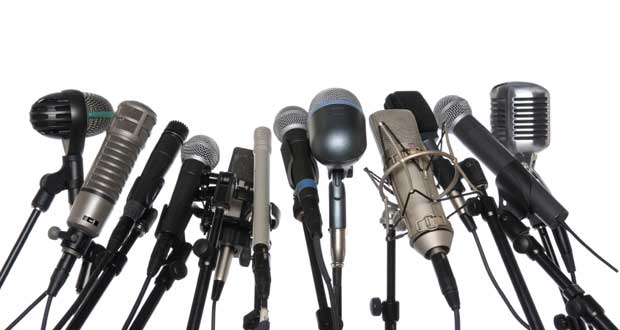Neither the form nor the function of a newspaper has changed much in the last hundred years, even with the advent of digital media, but that cannot continue. More than even the internet itself, the advent of mobile devices will drive change to both the product and the business model for online publishers. This will probably be a year of much new product development in publishing.
Unlike in the past, when the newsroom and the publisher existed on two sides of a Chinese wall, today a publisher and his or her editorial organization must collaborate on product development. The reporters or content providers are not separate from the business side anymore, and everyone involved with a content site must understand how both the product and the business model work. The surviving publishers will be the ones who build new institutions that work within the new economics of online content.
Those economics are quite different than the old models, in which multiple revenue streams sustained newspapers. Micro payments will not be the salvation of newspapers, nor will pay walls — except in the case of extremely high value content such as that of the Wall Street Journal. Investigative reporting and covering local politics, the favorite beats of reporters, never did support newspapers.
Then how does a publisher meet the future? Not merely by tweaking the advertising model, but by tweaking the content model as well.
In this new world, old brands must differentiate themselves and create a stronger sense of value the reader in order to be valuable advertising platforms. At present, niche product-focused properties are winning the big ad dollars. Even the most traditional publishers have to start sections that are of more interest to advertisers, although the advertisers will still have the preference for niche sites. The cover everything model of the traditional newspaper (gardening to gossip) may no longer make sense. Nor may long-form journalism in some: 75% of readers abandon long form articles before getting to the end. (My information on this comes from Richard Gingras, the Head of News Product at Google).
The battle for eyeballs is now waged on the users’ terms. Publishers must make use of data to understand their audiences and where they come from, which is in a constant state of flux: direct traffic to home pages is declining, down from 45% to 25% between 2009 and 2011. Search grew from 22% of traffic in 2009 to 33% in 2011, and social, which hardly registered as a referral source in 2009, sent 15% of traffic to publishers in 2011. And that will only increase. (These numbers are from Richard Gingras, Head of Product for Google and former CEO of Salon.com.)
The medium defines the message and its form, and thus the form of newspapers needs to be rethought completely. The atomic unit of content is now the story, not the site. Newspapers don’t have editions anymore. Now, articles, posts, facts, related docs, reader contributions, discussion, databases, relevant to the same story should be together on the same page. And instead of one-off efforts, good stories should use data to create persistent resources. The constant updating of stories brings users back to the site. And that’s how you sell advertising: against the story, not the site.
Publishers must design to leverage today’s technology and audience flows. In fact, the atomic unit of content was never the site itself, although most publishers came online thinking of themselves as portals.
What does that say about advertising above and below the fold? We believe that the fold comes from the news.
About ZEDO:
ZEDO, Inc. is a digital ad solutions company that offers products and services for a publisher’s premium, self service, and remnant inventory. Products include ad network optimization, innovative rich media formats for publishers’ direct sales teams, full featured ad serving, behavioral targeting data built into the ad server, an exchange-like platform for publishers to sell behavioral and DMA targeted inventory at high CPMs (see: www.zedoadnetwork.com), a self service platform to allow advertisers to buy directly from a publisher, outsourced ad ops and more. These products are integrated into one technology platform for publishers to choose from, or use seamlessly together. ZEDO has been in the internet advertising industry for over 10 years, and is the most successful independent ad server in the US. The company provides innovative solutions that boost revenues for Internet publishers. ZEDO is headquartered in San Francisco and has four development centers in Russia and India.
Reach out to ZEDO at http://www.zedo.com, or follow the company on Facebook (http://www.facebook.com/ZEDOadsolutions) and Twitter (http://twitter.com/zedoinc).









